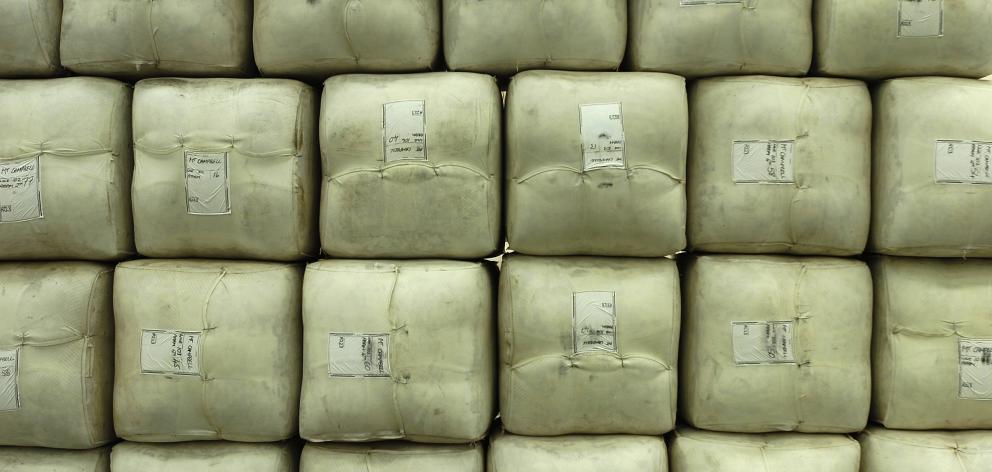
New Zealand exports to China through the first half of 2016-17 tracked 37% behind the same period last year.
Reasons included lower end-product demand in Europe and the United Kingdom, a weaker Chinese currency, changed sourcing patterns to cheaper product from the UK and Mongolia, liquidation of local cotton stocks, and general high prices over the two previous seasons leading to fibre substitution and changed local fashion trends.
Now prices had fallen so far, drivers such as sourcing product elsewhere and substitution to other cheaper fibres were starting to operate in reverse, the report said.
Despite that, high inventory levels of coarse wool in China and changed local fashion trends for that type of fibre were expected to result in only a modest improvement.
The outlook for fine wool types showed more promise, as it represented very good value compared with other textiles, and its use in certain types of fashion were more stable.
In a suppressed market, buyer activity would be focused on high quality wool in terms of colour, fineness and vegetable matter. Those that failed to meet high-quality specifications were likely to be heavily discounted.
The market opened up steady at last week’s South Island wool sale but corrected later in the morning, when the New Zealand dollar experienced a strong upwards movement.
Demand remained fickle, especially for lamb’s wool, as buyers focused on those wool types that could be shipped promptly, PGG Wrightson Wool’s South Island sales team said.
Finer micron wool types were experiencing progressive upward movements as shown from recent Australian sales.
Crossbred fleece (31 to 34 micron), including hogget wool, was 1%-2% cheaper on a limited offering, crossbred fleece (35 micron and stronger) was down 2%-4% and crossbred second shear was 1%-2% down on a limited offering.
Lamb’s wool was 2%-4% cheaper, while crossbred oddments were down 2%-5%.
A range of prices. —Glenayr Ltd (Ranfurly), 11 bales crossbred second-shear AA, 37.3 micron, 77.4% yield, 309 greasy, 399 clean; Allendale Partnership (Outram), 31 bales Perendale AA, 36.9 micron, 78.8% yield, 336 greasy, 426 clean; W.S and L.A Murray (Stirling), 11 bales Romney lambs AA, 30.9 micron, 83% yield, 320 greasy, 386 clean; Mt Highlay Ltd (Ranfurly), 33 bales crossbred AA, 32.6 micron, 75.7% yield, 338 greasy, 446 clean; Harrex Partners (Lawrence), nine bales Romney hogget AA, 32.5 micron, 75.5% yield, 346 greasy, 458 clean; Lambhill Station (Otago), 24 bales crossbred AA, 37.4 micron, 77% yield, 332 greasy, 431 clean; McQueen Farming (Otago), 20 bales crossbred AA, 37.8 micron, 76.4% yield, 308 greasy, 403 clean; S and S Morrison (Otago), 30 bales crossbred A, 36.9 micron, 73.6% yield, 314 greasy, 427 clean; Ngapara Farms (Otago), nine bales crossbred hogget, 34.3 micron, 74.7% yield, 322 greasy, 431 clean; N and S Craig (Otago), 41 bales crossbred, 33.7 micron, 75.4% yield, 301 greasy, 399 clean; Poplar Grove Farm (Otago), 11 bales Romney lambs, 31.8 micron, 73.9% yield, 276 greasy, 373 clean; Clover Hill Farm (Otago), five bales Romney lambs, 32.1 micron, 80.5% yield, 320 greasy, 398 clean.











